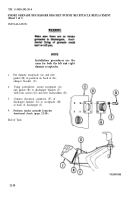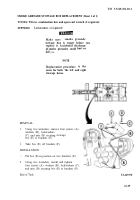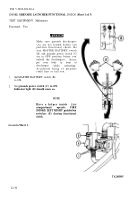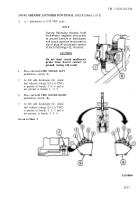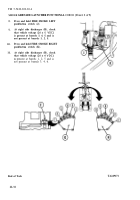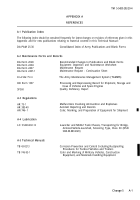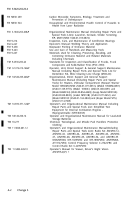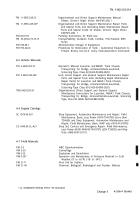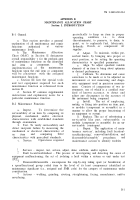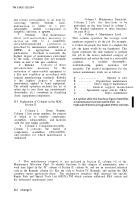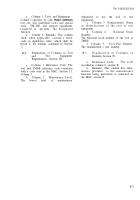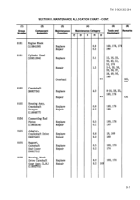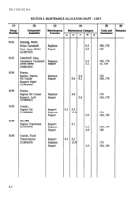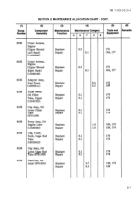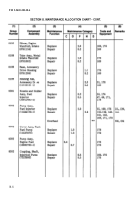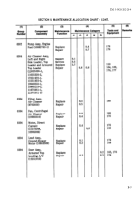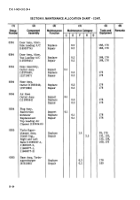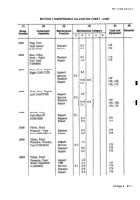TM-5-5420-202-20-4 - Page 322 of 534
TM 5-5420 -202-20-4
and restore serviceability to an item by
correcting
specific
damage,
fault,
malfunction, or
failure
in
a
part,
subassembly,
module
(component or
assembly), end item, or
system.
j.
Overhaul.
That maintenance
effort (services/actions) necessary to
restore an
item
to
a
completely
serviceable/operational
condition as
prescribed by maintenance standards (i.e.,
DMWR)
in
appropriate
technical
publications.
Overhaul is normally the
highest degree of maintenance performed
by the Army. Overhaul does not normally
return an item to like new condition.
k.
Rebuild.
Consists of those
services/actions
necessary
for
the
restoration of unserviceable equipment to
a like new condition in accordance with
original manufacturing standards. Rebuild
is
the
highest
degree of
materiel
maintenance applied to Army equipment.
The rebuild operation includes the act of
return ing to zero those age measurements
(hours/miles, etc.) considered in classifying
Army equipments/components.
B-3. Explanation of Columns in the MAC,
Section II.
a.
Column 1.
Group
Number.
Column 1 lists group numbers, the purpose
of which is to
identify
components,
assemblies,
subassemblies,
and modules
with the next higher assembly.
b.
Column 2. Component/Assembly.
Column
2 contains
the
names
of
components,
assemblies,
subassemblies,
and modules for which maintenance is
authorized.
Column 3.
Column 3 lists
Maintenance Functions.
the functions to be
performed on the item listed in column 2.
(For detailed explanation of these functions,
see para B-2.)
d.
Column 4. Maintenance Level.
This column specifies the average total
manhours required to do the job. For example,
it it takes two
-
people five hours to complete the
job, the figure would be ten (manhours). This
figure represents the time required to perform
the job at the lowest indicated category of
mainentance and restore the item to a serviceable
condition.
It
includes
disassembly,
troubleshooting,
quality
assurance
and
assembly. The symbol designations for the
various maintenance levels are as follows:
C
. . . . . . . . . . . .
Operator or crew
O
. . . . . . . .
Organization maintenance
F
. . . . . . .
Direct support maintenance
H . . . . . . . General support maintenance
L . . . . . Specialized repair activity (SRA)
5
D
. . .
.... . . . .
Depot maintenance
5
This maintenance category is
not included in Section II, column (4) of the
Maintenance Allocation Chart. To identify functions to this category of maintenance, enter a
work time figure in the "H" column of Section II, column (4), and use an associated reference
code in the Remarks column (6). Key the code to Section IV, Remarks, and explain the SRA
complete repair application there.
The explanatory remark(s) shall reference the specific
Repair Parts and Special Tools
List (RPSTL)
TM which contains additional SRA criteria and
the authorized spare/repair parts.
A # symbol after the manhour figure identifies
a maintenance function performed
on
Hydraulic/Electrical Upgraded (HEU) vehicles.
B-2
Change 6
Back to Top

